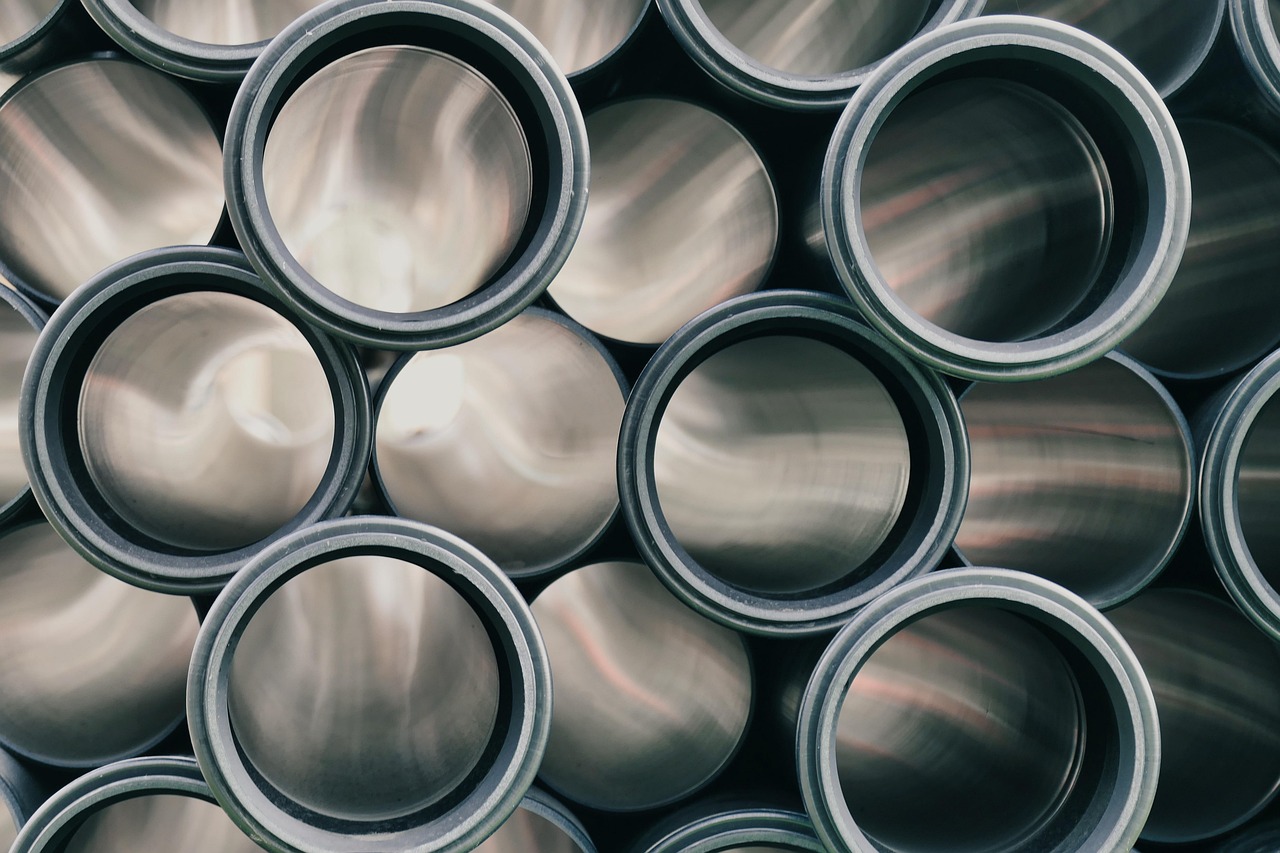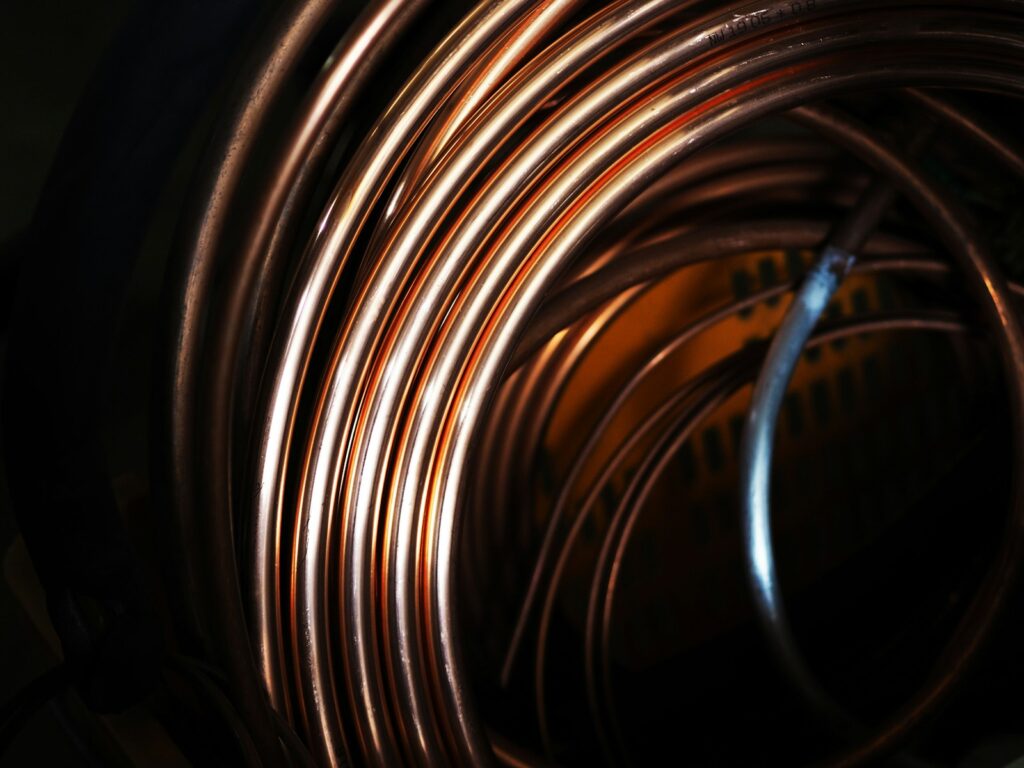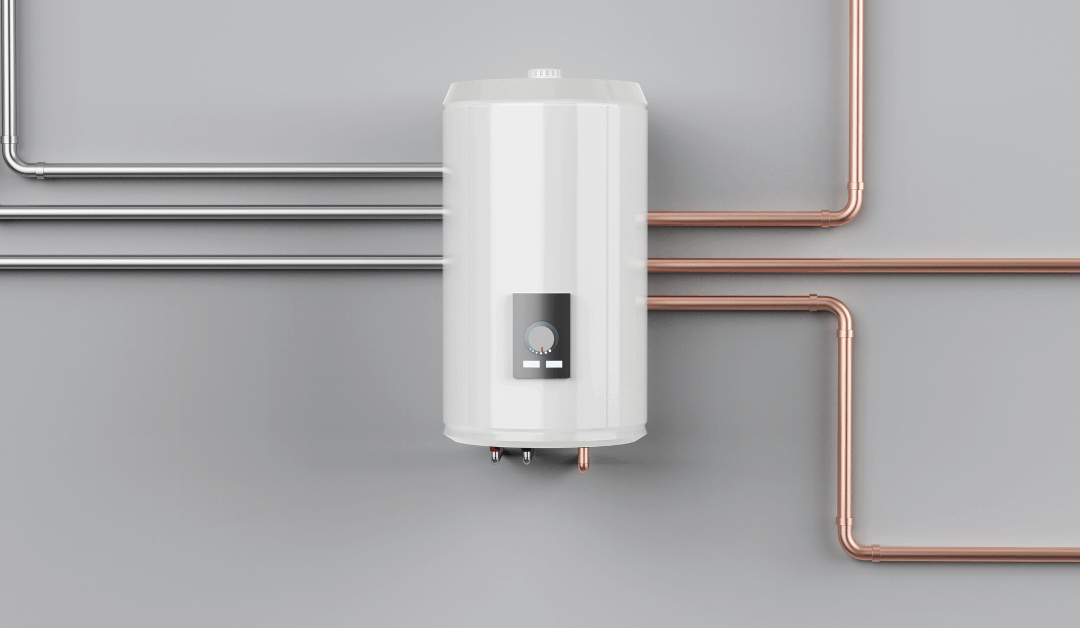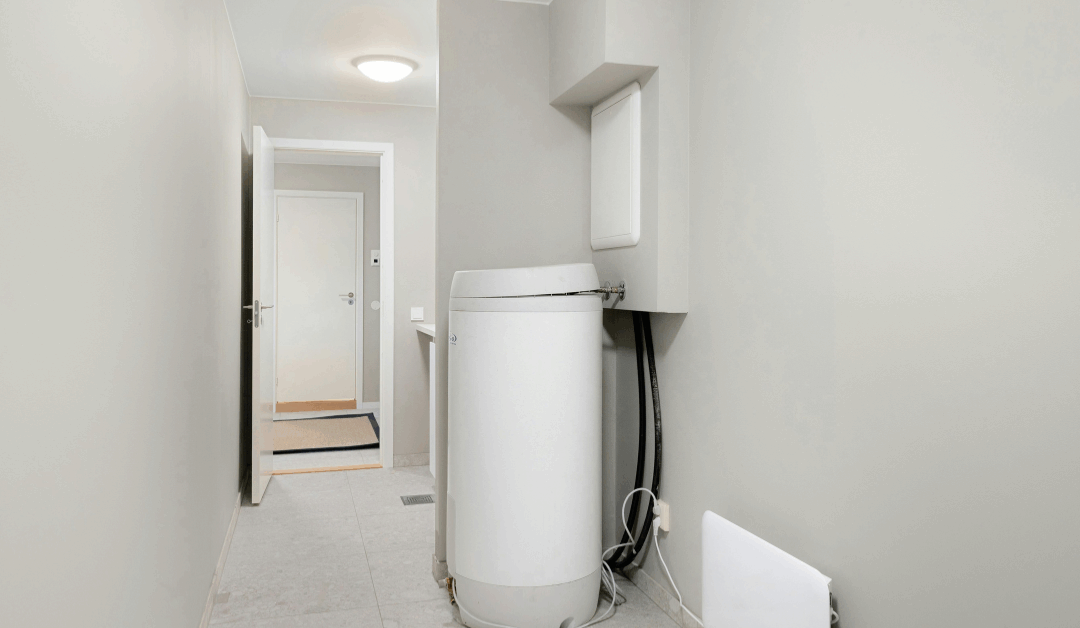When your home’s plumbing system starts showing signs of wear, a repiping project might be the solution you need. Whether you’re dealing with low water pressure, discolored water, or frequent pipe repairs, understanding the repiping process can help you make informed decisions about your home’s future.
Repiping involves replacing old or damaged pipes throughout your home with new ones, essentially giving your plumbing system a fresh start. This comprehensive upgrade can solve multiple plumbing issues at once and improve your overall water quality. However, the process requires careful planning, professional expertise, and realistic expectations about timeline and costs.
If you’re considering a repiping project, you’re likely wondering what the process entails, how long it takes, and what disruptions to expect. This guide will walk you through everything you need to know about repiping projects, from recognizing the signs that indicate you need new pipes to understanding the different pipe materials available today.
Schedule Service Online
Get a free estimate so you know what you're signing up for
"*" indicates required fields
For Emergency Services Call: 410-255-9300
Signs Your Home Needs Repiping
Several telltale signs indicate your plumbing system may need a complete overhaul rather than simple pipe repair. Recognizing these warning signals early can help you avoid costly repairs and protect your home from water damage.
Water Quality Issues
Poor water quality often signals problems with your existing pipes. If you notice discolored water coming from your taps, particularly rusty or brown water, this typically indicates corroded pipes. The mineral buildup and corrosion inside old pipes can affect taste, smell, and appearance of your water supply.
Many homeowners find themselves relying on bottled water when their tap water becomes unpalatable. This ongoing expense, combined with health risks from contaminated water, often makes repiping a worthwhile investment.
Low Water Pressure Problems
When multiple fixtures throughout your home experience reduced water flow, the issue usually stems from pipe corrosion or mineral buildup restricting water movement. While low water pressure in a single location might require simple pipe repair, system-wide pressure problems often indicate the need for whole house repiping.
Corroded pipes, particularly galvanized steel pipes common in older homes, develop internal buildup that narrows the pipe diameter over time. This restriction affects your entire water supply, making everyday tasks like showering and washing dishes frustrating.
Frequent Plumbing Issues
If you’re constantly calling a plumber for recurring leaks, pipe bursts, or other plumbing problems, your pipes may be reaching the end of their useful life. While minor issues can often be addressed with targeted repairs, frequent problems throughout your plumbing system suggest a larger underlying issue.
Old pipes become increasingly unreliable over time. What starts as occasional leaks behind walls or under floors can quickly escalate to major water damage if not addressed comprehensively.
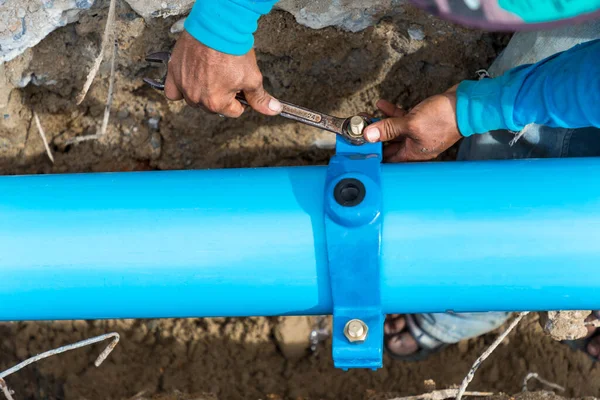
Understanding Different Pipe Materials
Modern repiping projects typically involve choosing between several pipe material options, each with distinct advantages and considerations for your home’s specific needs.
Copper Pipes
Copper pipes remain a popular choice for repiping projects due to their durability and proven track record. Copper offers excellent resistance to corrosion and can last 50-70 years with proper maintenance. Many homeowners appreciate copper’s ability to handle both hot water and cold water applications effectively.
However, copper pipes require professional installation and come with higher material costs compared to other options. The installation process also involves soldering joints, which requires skilled plumbers and more time during construction.
PEX Piping
PEX (cross-linked polyethylene) has become increasingly popular for whole house repiping projects. This flexible plastic piping offers several advantages, including resistance to freezing, easier installation through existing walls, and lower material costs than copper.
PEX piping works well for both hot water and cold water lines, and its flexibility allows plumbers to run continuous lines with fewer joints. This reduces potential leak points and can speed up the installation process significantly.
CPVC Pipes
CPVC (chlorinated polyvinyl chloride) pipes provide another alternative for repiping projects. These rigid plastic pipes offer good durability and handle temperature changes well, making them suitable for both hot and cold water applications.
CPVC pipes cost less than copper but more than PEX, positioning them as a middle-ground option. They’re also easier to install than copper pipes but require more fittings than flexible PEX systems.
The Repiping Process: Step by Step
Understanding the repiping process helps homeowners prepare for the project and set realistic expectations about timeline and disruptions.

Initial Assessment and Planning From MD Sewer and Plumbing
Professional plumbers like those at MD Sewer and Plumbing begin every repiping project with a thorough assessment of your existing plumbing system. They’ll evaluate the condition of current pipes, identify problem areas, and determine the best approach for installing new pipes throughout your home.
This planning phase includes selecting appropriate pipe materials based on your budget, local building codes, and specific needs. The professional will also plan access routes through walls and floors to minimize damage to your home’s structure.
Preparation and Safety Measures
Before beginning installation, the plumbing team will shut off your main water supply and drain the existing system. They’ll also take steps to protect your home’s interior, including covering furniture and creating access points through walls or floors as needed.
Proper preparation helps minimize dust and debris while ensuring the safety of both workers and residents. Many homeowners choose to stay elsewhere during major portions of the project to avoid disruption.
Installing New Pipes
The actual pipe replacement involves removing old pipes and installing new ones throughout your entire system. This process varies depending on your home’s layout and the chosen pipe material, but generally involves running new water supply lines to all fixtures.
Plumbers work systematically through your home, typically starting with main lines and working toward individual fixtures. They’ll install new pipes behind walls, under floors, and in other areas as needed to create a completely new plumbing system.
Testing and Final Inspection
Once installation is complete, the plumber will test the entire system for leaks, proper water pressure, and correct flow to all fixtures. This testing phase ensures everything works correctly before closing up walls and completing the project.
A final inspection, often required by local building codes, verifies that the installation meets all safety and quality standards. Only after passing inspection will your new plumbing system be considered complete and ready for regular use.
What to Expect During Your Repiping Project
Repiping projects involve significant work throughout your home, so understanding what to expect helps you prepare appropriately and minimize stress during the process.
Timeline Considerations
Most whole house repiping projects take 3-7 days to complete, depending on your home’s size, complexity, and chosen pipe material. Smaller homes with simple layouts may be completed more quickly, while larger homes or those requiring extensive access work may take longer.
The timeline also depends on whether you’re combining repiping with other home renovations. Some homeowners use repiping projects as an opportunity to update bathrooms or kitchens simultaneously.
Temporary Water Disruption
During active construction, you’ll experience periods without running water while plumbers work on different sections of your system. Professional plumbers typically plan these disruptions to minimize inconvenience, often restoring partial service each evening.
Many plumbing companies can arrange temporary water connections to specific areas of your home during the project, ensuring you maintain access to essential facilities like toilets and kitchen sinks when possible.
Access Requirements
Repiping often requires creating access points through walls, ceilings, or floors to reach existing pipes. While professional plumbers minimize this disruption, some patching and repainting will likely be necessary after project completion.
Discuss access plans with your plumber beforehand to understand which areas of your home will be affected and plan accordingly for furniture moving and temporary storage needs.

Photo by Fabian Blank on Unsplash
Cost Factors and Investment Considerations
Several factors influence the total cost of a repiping project, making it important to understand what drives pricing and how to budget effectively.
Project Size and Complexity
The size of your home directly impacts repiping costs, as larger homes require more materials and labor time. Additionally, homes with complex layouts, multiple stories, or limited access to existing pipes may require additional work that increases project costs.
Homes with finished basements, concrete slab foundations, or other challenging construction features often require more extensive work to access and replace existing pipes throughout the entire system.
Material Selection Impact
Your choice of pipe material significantly affects project costs. Copper pipes typically cost more than PEX piping or CPVC pipes, both in material costs and installation time. However, copper’s longevity may make it a worthwhile long-term investment for many homeowners.
Consider both upfront costs and long-term value when selecting pipe materials. While PEX piping may cost less initially, copper pipes often last longer and may add more value to your home.
Long-term Financial Benefits
While repiping requires a significant upfront investment, it often provides substantial long-term savings. New pipes eliminate the need for frequent repairs, reduce water bills through improved efficiency, and protect your home from costly water damage.
Additionally, a new plumbing system can increase your home’s value and appeal to potential buyers, making it a worthwhile investment for homeowners planning to sell in the future.
Protecting Your Investment After Repiping
Once your repiping project is complete, proper maintenance helps ensure your new plumbing system provides decades of reliable service.
Regular maintenance includes monitoring water pressure, watching for any signs of leaks, and scheduling periodic inspections with qualified plumbers. While new pipes require minimal maintenance initially, staying proactive helps identify and address any issues before they become major problems.
Consider installing water quality monitoring systems or whole-house water filters to protect your new pipes from mineral buildup and extend their lifespan. These additions can help maintain optimal water quality and system performance for years to come.
Helpful Resources for Piping Projects
Here are seven valuable resources to guide you through your piping project:
The Home Depot – Plumbing 101
Learn the basics of plumbing, including pipe types, fittings, and tools needed for DIY projects.
Visit The Home Depot Plumbing Guide
Angi (formerly Angie’s List)
Access plumbing articles and expert advice. Find a Plumber on Angi’s List
Bob Vila- Cost of Repiping a House
Detailed insights on the repiping process, typical costs, and when it’s necessary.
American Society of Plumbing Engineers (ASPE)
Explore resources and insights from professional plumbing engineers to understand complex plumbing systems.
This Old House – Plumbing Advice
Expert plumbing tips and step-by-step guides for homeowners on various pipe-related improvements.
Check Out This Old House Plumbing Section
Build With Ferguson – Pipe Material Insights
Discover various pipe materials and their applications, along with tools and equipment for your repiping needs.
EPA – Lead-Free Pipes Guide
Important guidelines and regulations regarding lead-free pipes and water safety from the U.S. Environmental Protection Agency.
These resources provide essential information and tools to help you successfully manage your piping or repiping project.
Making the Right Decision for Your Home
Repiping projects represent significant investments in your home’s infrastructure, but they solve multiple plumbing issues simultaneously and provide peace of mind for decades. By understanding the process, materials, and expectations, you can make informed decisions about your home’s plumbing future.
If you’re experiencing multiple plumbing problems, poor water quality, or frequent repair needs, consulting with experienced plumbers can help you determine whether repiping is the right solution. Professional assessment ensures you understand all your options and can plan appropriately for this important home improvement project.

